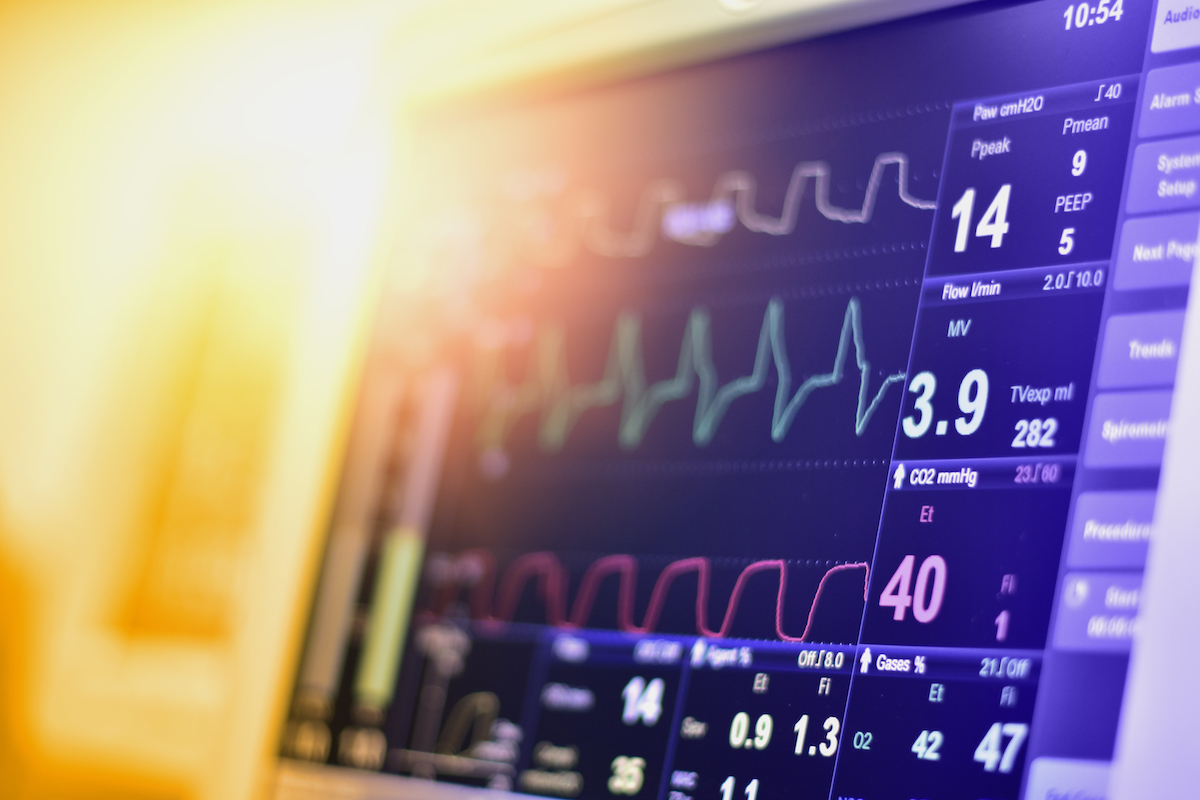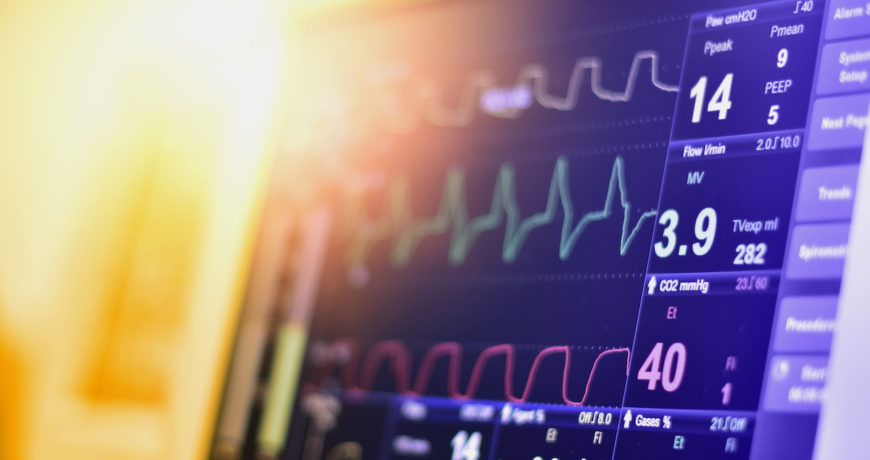Possible Explanation for “Happy Hypoxia” (Low Blood Oxygen Levels) in Covid-19 Patients 2

Patients with “silent hypoxemia” often suffer a sudden imbalance, reaching a critical state that can be fatal.
Normally, individuals (healthy or sick) with hypoxemia report a feeling of shortness of breath and a increased breathing rate as the body struggles to increase its uptake of oxygen. This reflex mechanism is controlled by the carotid bodies, two small bundles of chemoreceptors and specialized cells in the neck’s carotid artery that monitor blood oxygen levels and send signals to the brain to stimulate the respiratory center.
A group of researchers from the Seville Institute of Biomedicine – IBiS/University Hospitals Virgen del Rocío y Macarena/CSIC/University of Seville, led by Dr. Javier Villadiego, Dr. Juan José Toledo-Aral and Dr. José López-Barneo, specialists in the physiopathological study of the carotid body, have suggested in the journal Function, that “silent hypoxemia” in COVID-19 cases could be caused by this organ being infected by the coronavirus (SARS-CoV-2).
This hypothesis, which has attracted the interest of the scientific community for its novelty and possible therapeutic significance, comes from experiments that have revealed a high presence of the enzyme ECA2, the protein the coronavirus uses to infect human cells, in the carotid body. In patients with COVID-19, the coronavirus circulates in the blood.
Therefore, researchers suggest that infection of the human carotid body by SARS-CoV-2 in the early stages of the disease could alter its ability to detect blood oxygen levels, resulting in an inability to “notice” the drop in oxygen in the arteries.
If this hypothesis, which is currently being tested in new experimental models, is confirmed, this would justify the use of activators of the carotid body independent of the oxygen sensing mechanism as respiratory stimulants in patients with COVID-19.
Source: “Is Carotid Body Infection Responsible for Silent Hypoxemia in COVID-19 Patients?” by Javier Villadiego, Reposo Ramírez-Lorca, Fernando Cala, José L Labandeira-García, Mariano Esteban, Juan J Toledo-Aral and José López-Barneo, 23 November 2020, Function. DOI: 10.1093/function/zqaa032


This article relates to an article from a health news alert (from last summer) that explained why diabetics are more at risk for COVID than the general population, that is, diabetics tend to hyperventilate and therefore, have lower blood oxygen levels than others. Short of HBOT, not on the list for approved treatment, I’d like to know if there are other means an individual can use to increase one’s blood level oxygen.
I had pneumonia in august 2019 with low o2 following weeks of a atypical chest infection.